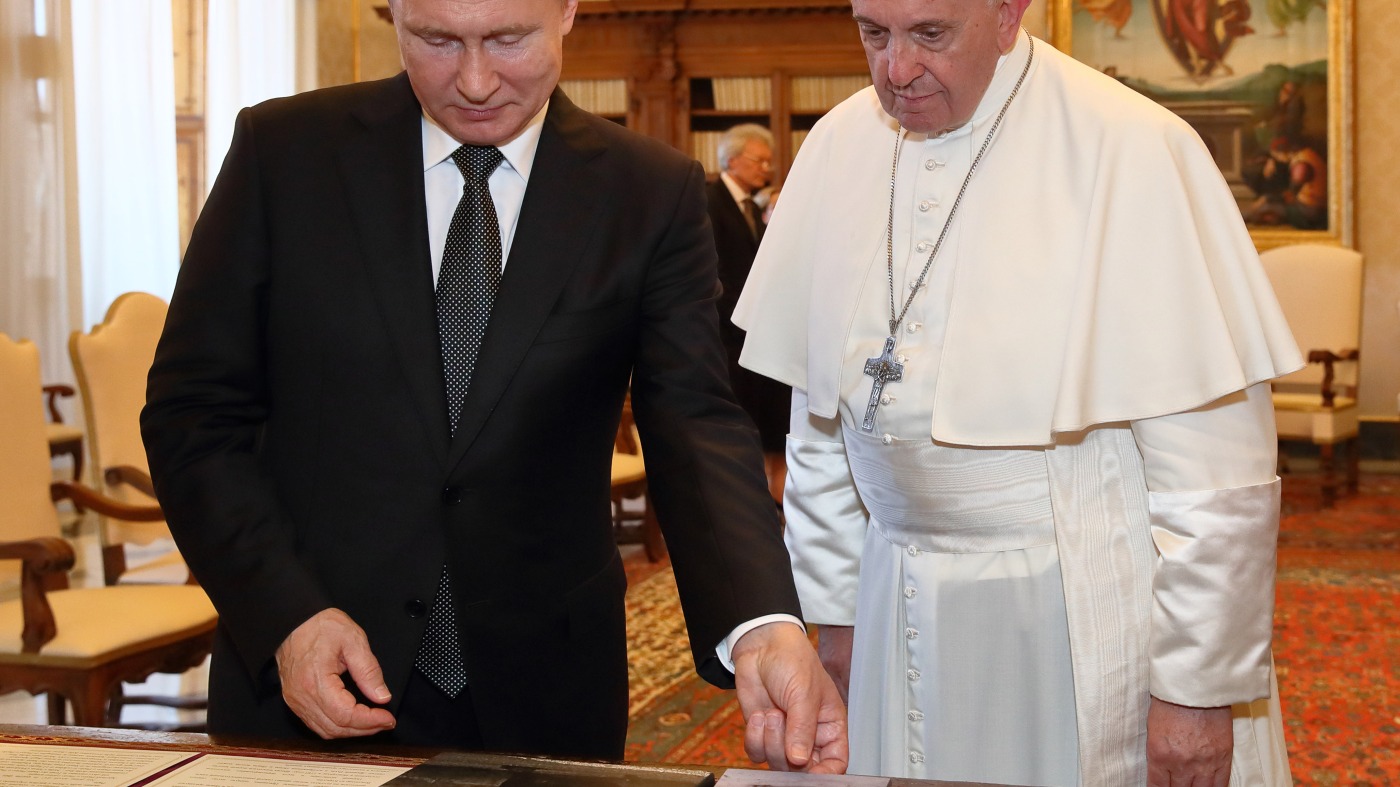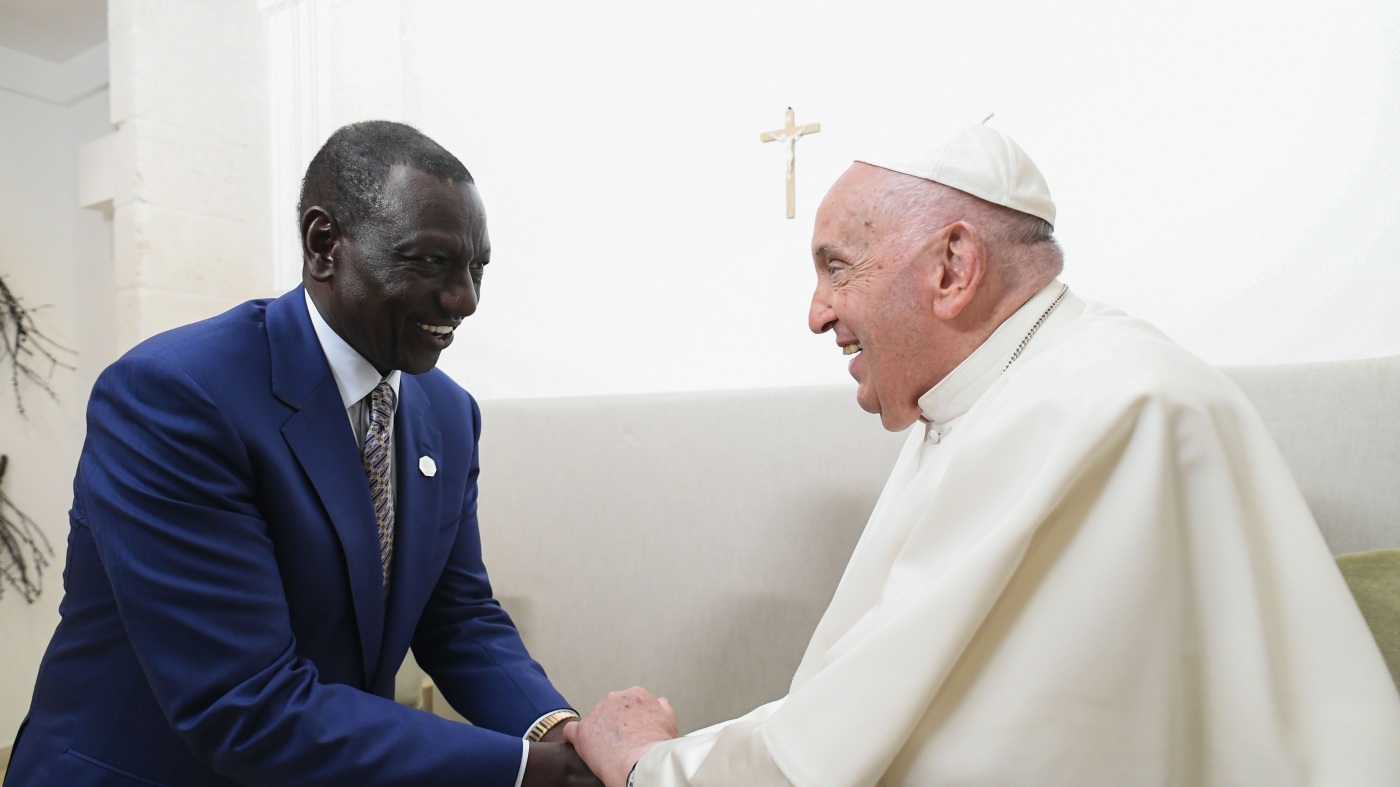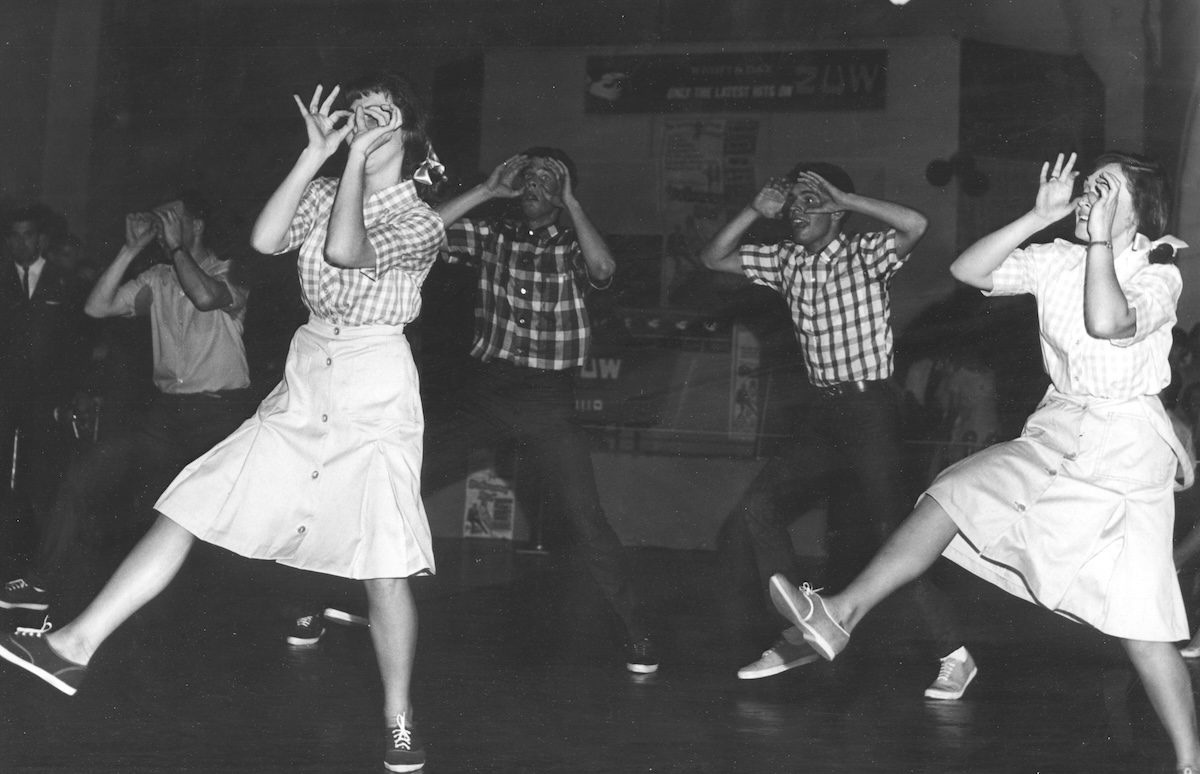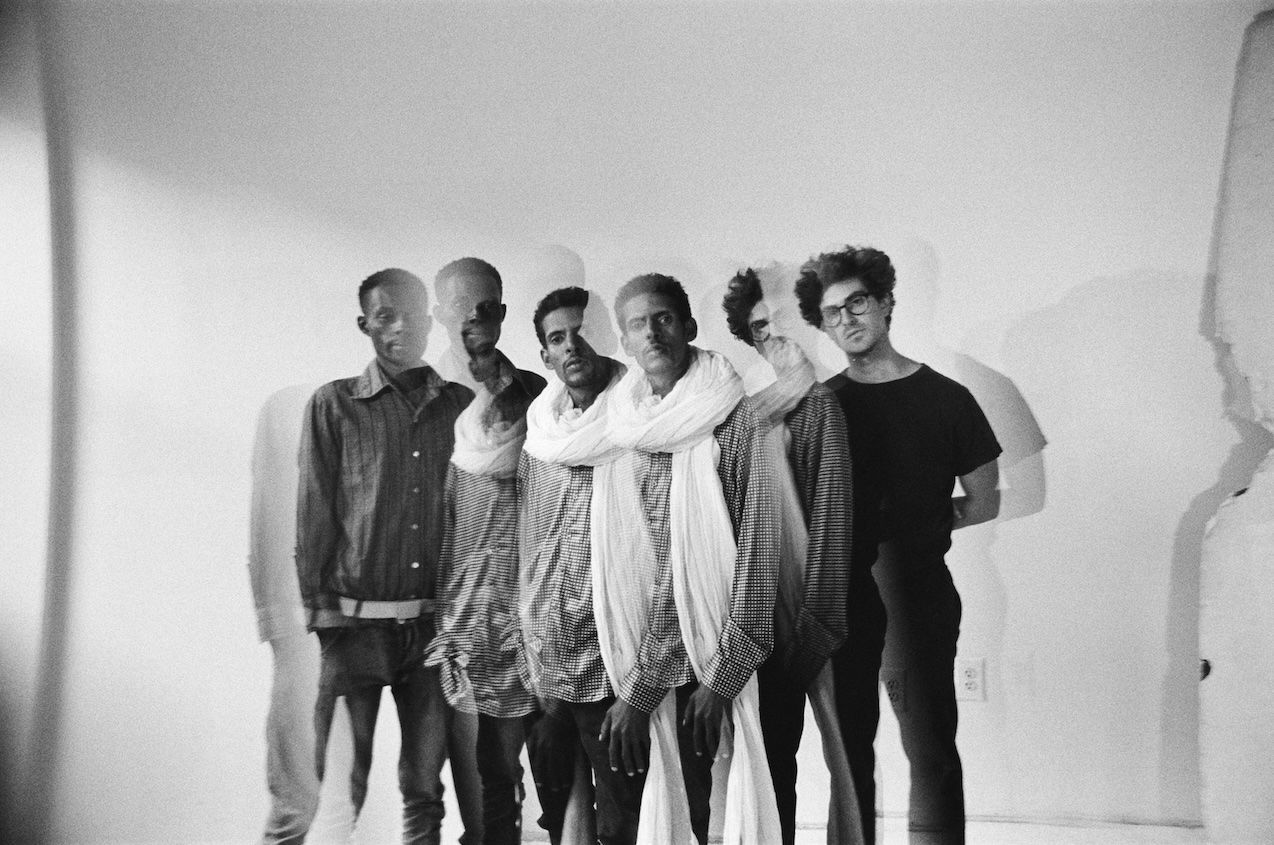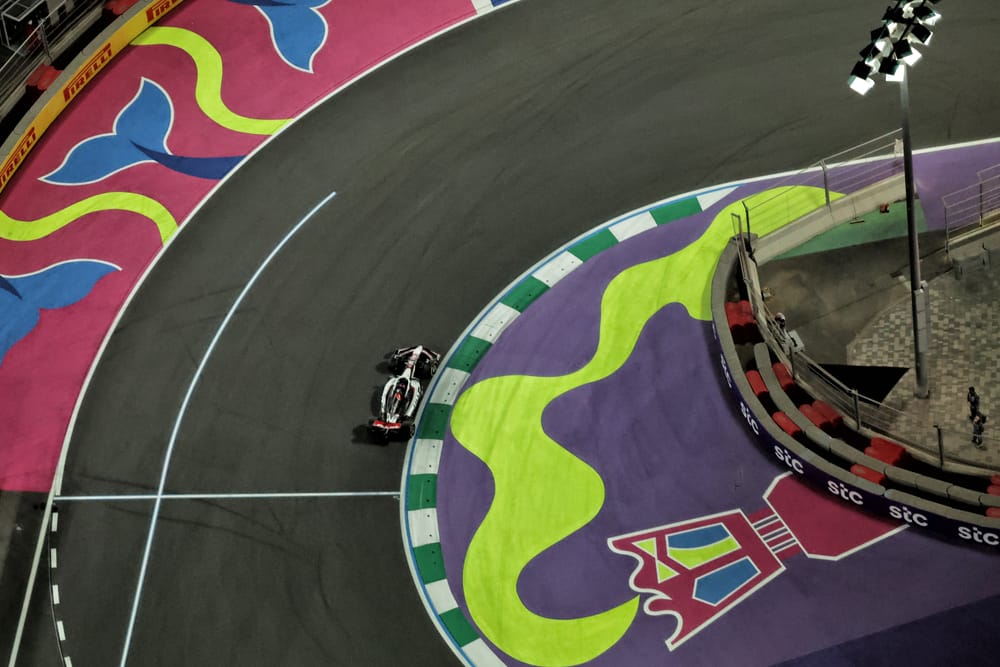Mark Hughes: Saudi GP long runs paint a scary picture
McLaren didn't look all that far ahead over a single lap in Saudi Arabian Grand Prix Friday practice - but the race runs painted a very, very different picture
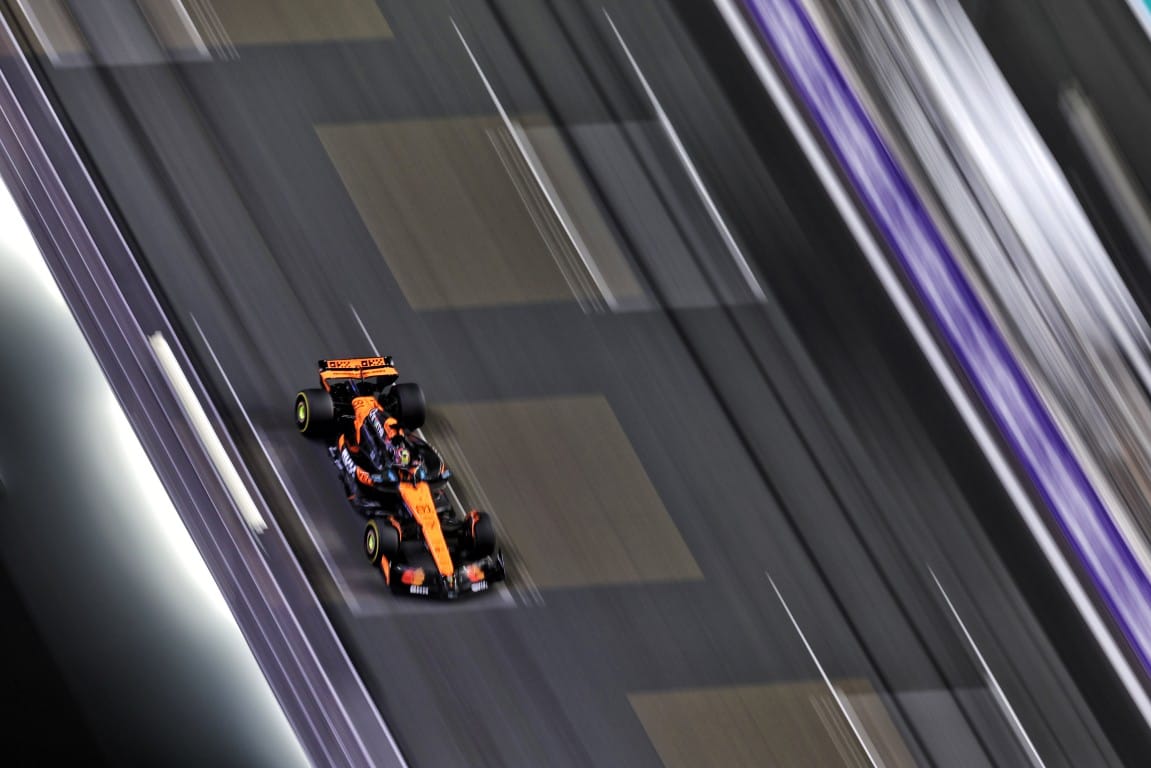

Jeddah’s formidable high-grip, high-speed, high-jeopardy challenge was very visibly evident on the first day of the Saudi Arabian Grand Prix weekend.
What was also very evident was McLaren’s continuing 2025 advantage, seen here to perhaps an even greater degree than on Friday in Bahrain before Pirelli’s reduction in minimum rear tyre pressures there brought the others a little closer on the Saturday.
On the assumption that Pirelli doesn’t do something similar again here, McLaren’s advantage appears to be in the order of around 0.3s over a qualifying lap, but stretching to an average of around 0.7s to the next best in a race stint simulation.
It was a complicated comparison, but the picture of McLaren’s advantage emerges regardless. 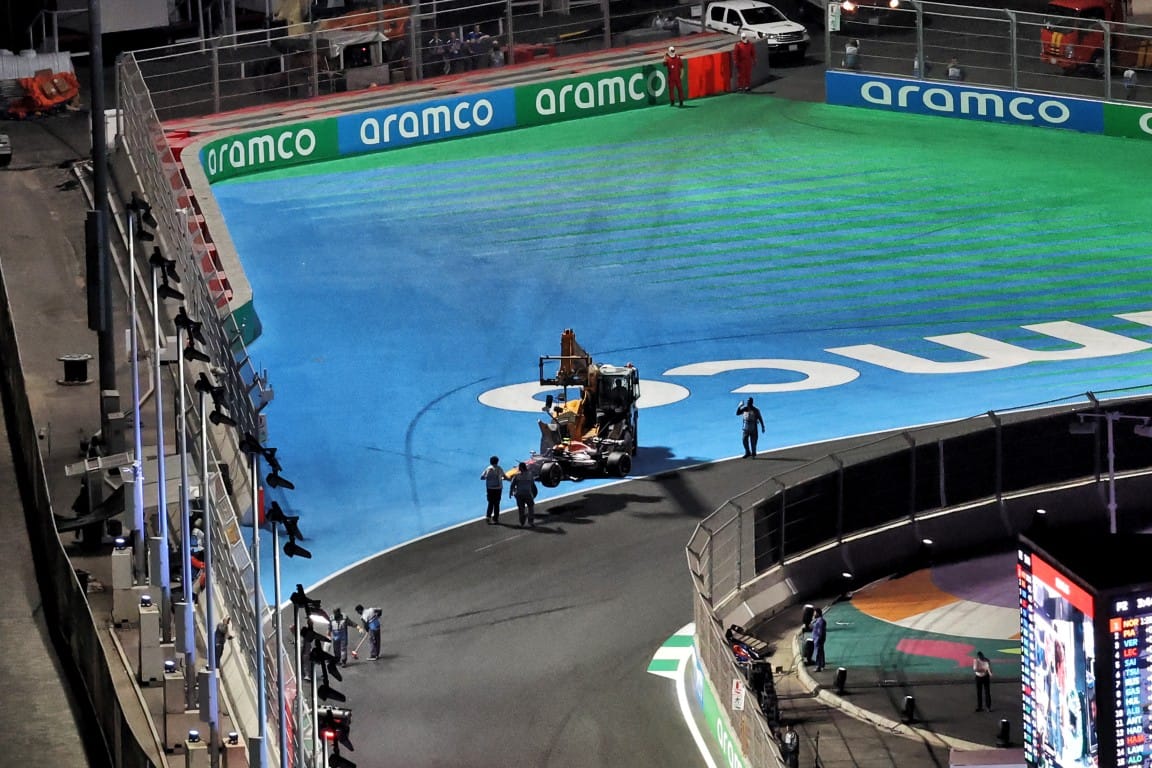
The complication came from the Yuki Tsunoda-induced red flag in FP2 just as everyone was early into their long runs. So the only direct comparison possible in that session was between the early starters, Oscar Piastri on 1m33.9s and Max Verstappen on 1m35.0s. That was, of course, the twilight session with the cooler, faster track which best represents qualifying and race. However, in FP1, with the track around 20°C hotter, long runs were made then, too.
The combined sessions showed the following averages, all on the medium C4 tyre:
FP1
Norris 1m33.6s (7 laps)
Russell 1m34.4s (3 laps)
Piastri 1m34.3s (4 laps)
Leclerc 1m34.6s (8 laps)
Antonelli 1m34.6s (7 laps)
Gasly 1m35.0s (6 laps)
Hamilton 1m35.3s (4 laps)
FP2
Piastri 1m33.9s (4 laps)
Verstappen 1m35.0s (7 laps)
Even more impressive than the McLaren’s averages were how they were achieved, with so little degradation on a track which places heavy demands on the rear temperatures. The opposite extreme was the Red Bull, in which Max Verstappen was complaining that his right rears were ‘gone’ after eight laps.
In fact, the degradation rates between the top four teams aligned very closely with the amount of rear wing they were each running on this low-downforce track, with McLaren carrying the biggest in area, Red Bull the least and Mercedes and Ferrari inbetween. 
Looking at Lando Norris’ FP1 long run on a track where deg would be expected to be higher than in FP2, his total apparent deg over seven laps was only 0.076s. Compare that to Verstappen’s seven-lap run in FP2 - where his total apparent deg was 1.25s.
So not only was the McLaren lapping significantly faster, it was taking less from its tyres while doing so. The apparent tyre degradation in this case is calculated by subtracting the effect of a 2kg reduction in fuel weight per lap and comparing the actual time for each lap. The difference should be the tyre deg, though it’s not an exact science as the drivers will begin the stint estimating the pace at which their tyres can live.
Although the Red Bull looks the weakest of the top four cars over a race stint, Verstappen managed to go third-fastest behind the two McLarens in FP2, around 0.3s adrift of Norris.
Looking at the respective laps of Norris and Verstappen, they are virtually neck-and-neck by the time they arrive at the Turn 13 hairpin, which turns them round and sets them toward sectors two and three.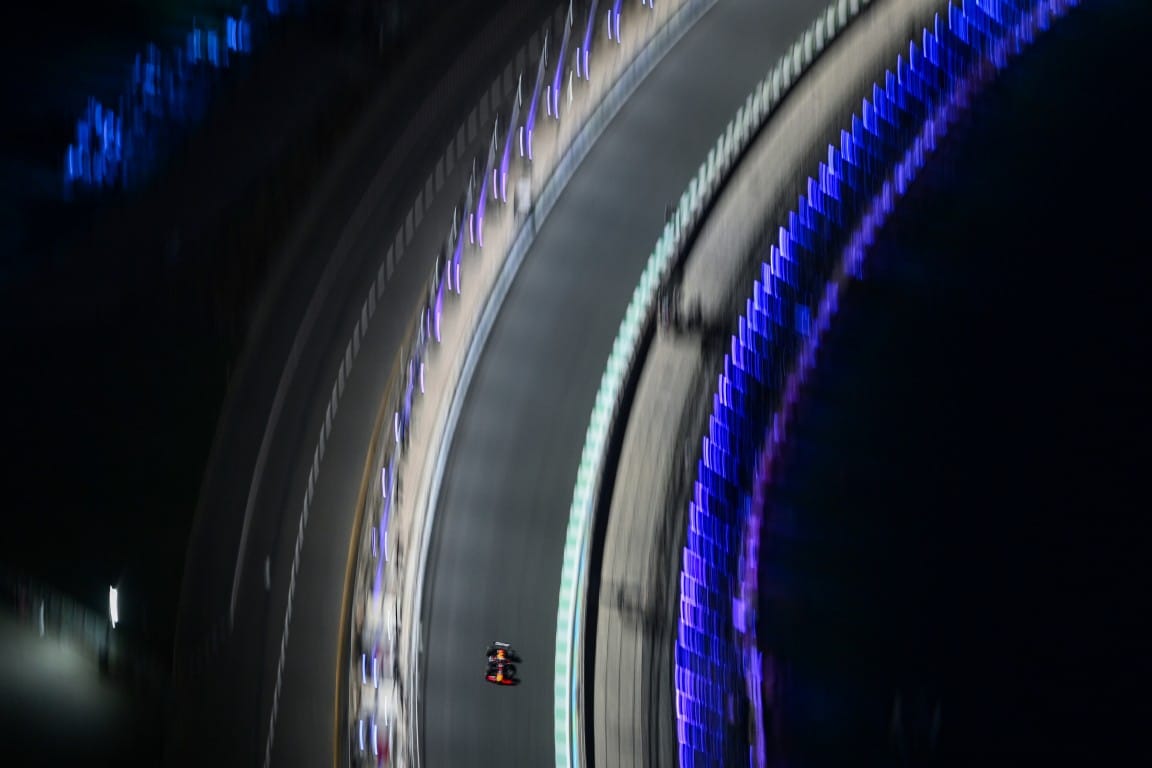
That’s where the Red Bull’s tyres are beginning to give up as the McLaren’s are still good. This tends to be the case even when they run similar wing levels but it’s even more distinctive with the respective wing choices here.
By the exit of Turn 13, Verstappen has lost 0.1s just in that corner alone. He gets a little bit back before they have to brake for the fifth gear Turn 15 – and here he loses a big chunk, the gap out to 0.27s at the exit.
He maintains that gap for rest of lap, gaining on straights, losing it all again on the turns. For the fifth-gear Turn 22, Norris is braking 10 metres later and his mid-corner minimum speed is 207km/h compared to Verstappen’s 189.
“Today we tried some different things with the car,” said Verstappen, “and worked to find a different direction. I think we learned quite a lot but it’s still not where we want the car to be.”
Charles Leclerc did his best lap on a used set of tyres after pitting at the end of his first attempt for a whole four clicks less front wing, giving some idea of how wayward he was finding it. The margin by which he’s trailing Verstappen is around the same as what you would expect from the tyre life difference.
The Ferrari clips earlier on the pit straight than the Red Bull but its speed through the straights and flat kinks of sector one is about the same. We’re comparing a used tyre lap to a new so it's not a fair comparison of corner speed, this really showing in the low-speed corners where the Ferrari is usually the best. But in the fast Turn 22, it’s faster than the Red Bull, Leclerc four metres later on the brakes and with a mid-corner minimum of 197km/h.
Mercedes is not the fastest on the straights here, unlike in Bahrain. But it's the closest to Red Bull.
Russell looked the closest threat to McLaren on the long runs of FP1 but his C5 run in FP2 was made earlier than anyone else’s, partly explaining its relatively lowly place in the headline times. 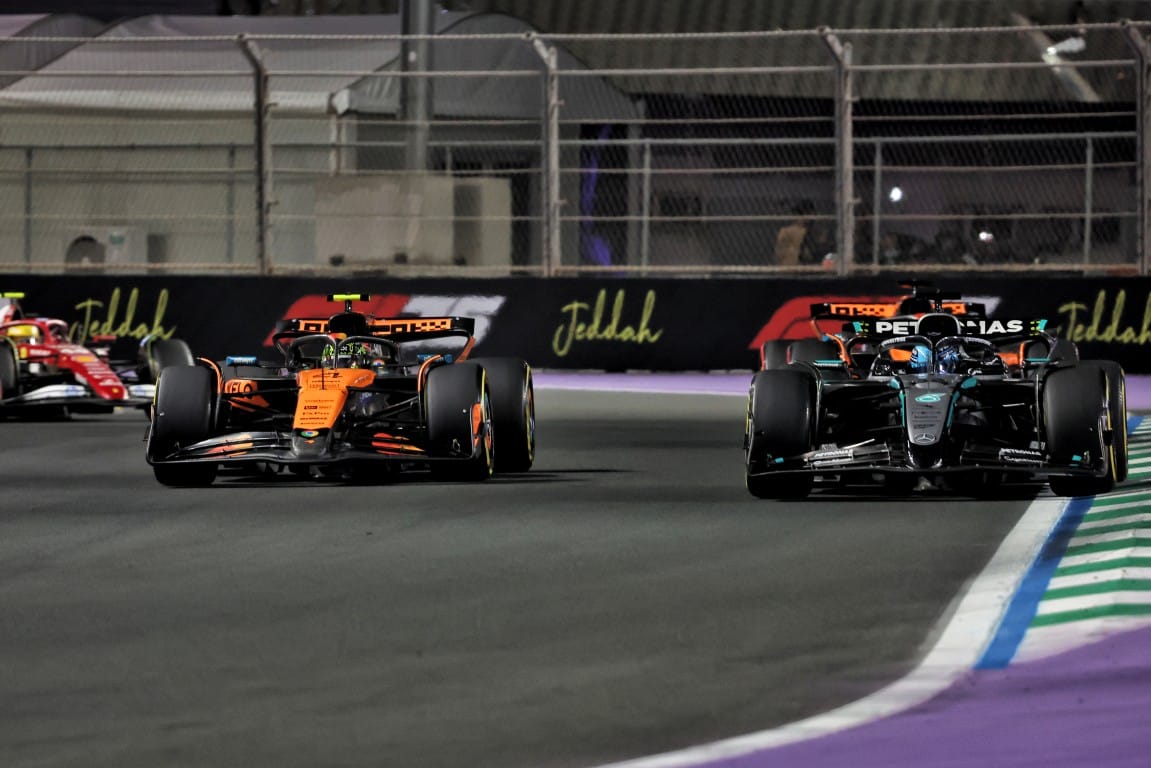
“We didn't manage to get too many clean laps in,” said Russell, “owing to both traffic and a few efforts where we didn't quite the tyres in the right window. We tried some different things across both cars, which was definitely valuable learning for both Kimi [Antonelli] and myself. I think we've found the direction we will move in now.
"We were probably stronger in FP1 than FP2 ultimately. We didn't quite take the step forward with the car that we were hoping to, but I don't think there's anything that we can't improve overnight.”
Before his crash Tsunoda was comparing well to Verstappen, his new-tyre lap being compromised by the out-lap preparation. Lewis Hamilton was struggling with the demanding Ferrari once more, around 0.5s adrift of Leclerc. “It was a challenging day,” he said. “We’re still chasing the right balance between the front and rear axles, and I’m struggling a bit with consistency across the lap at this stage.” Antonelli had a few adventures which he got away with - and needs to find around a quarter-second to Russell. 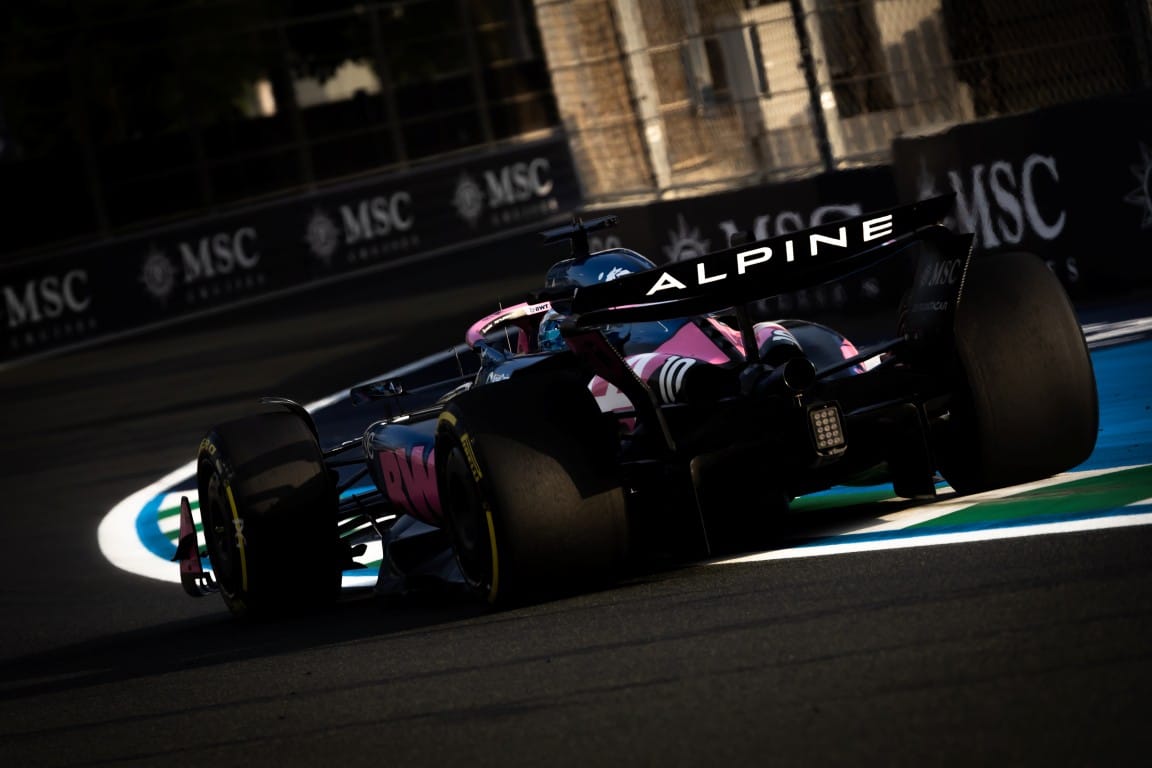
Pierre Gasly demonstrated that Bahrain was no fluke, the Alpine again looking the best of the rest ahead of Williams.
The biggest difficulty facing McLaren is going to be ensuring equality between its drivers. An updated diffuser was brought here, but only one of them. Piastri tried it in FP1, Norris in FP2.
Norris looked quicker regardless of which spec he was running and Piastri admitted there are a few corners in which “I need to do a better job”. Most of Norris’ advantage was coming in the first two turns, where his aggressive approach was impressively fast.

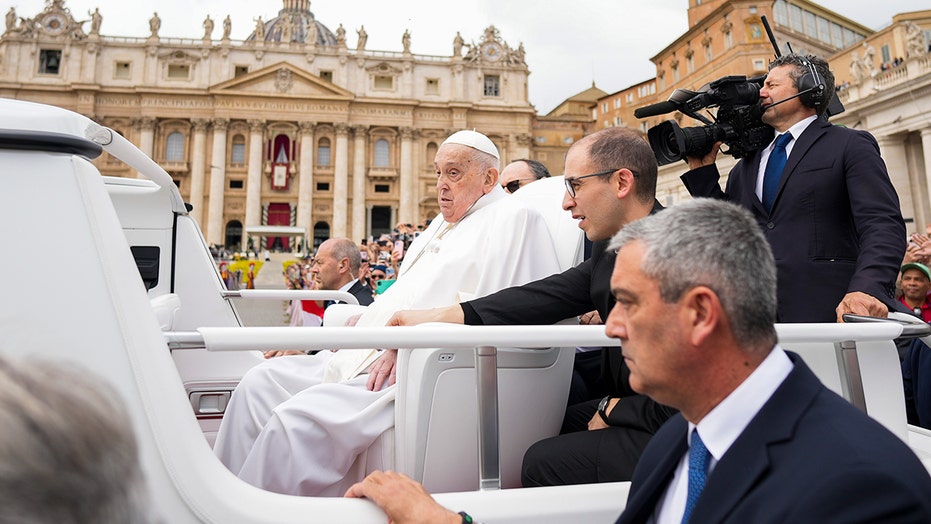



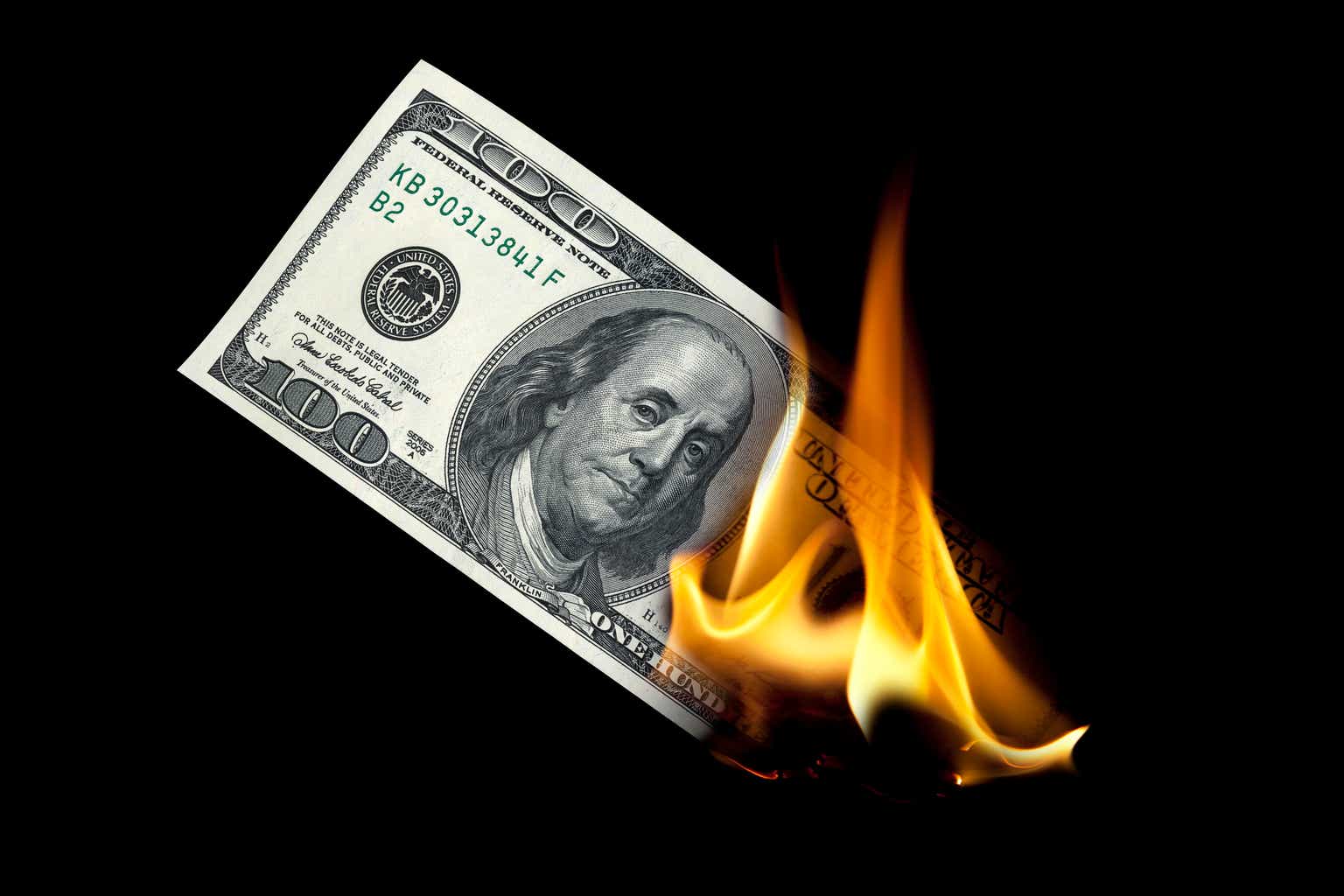
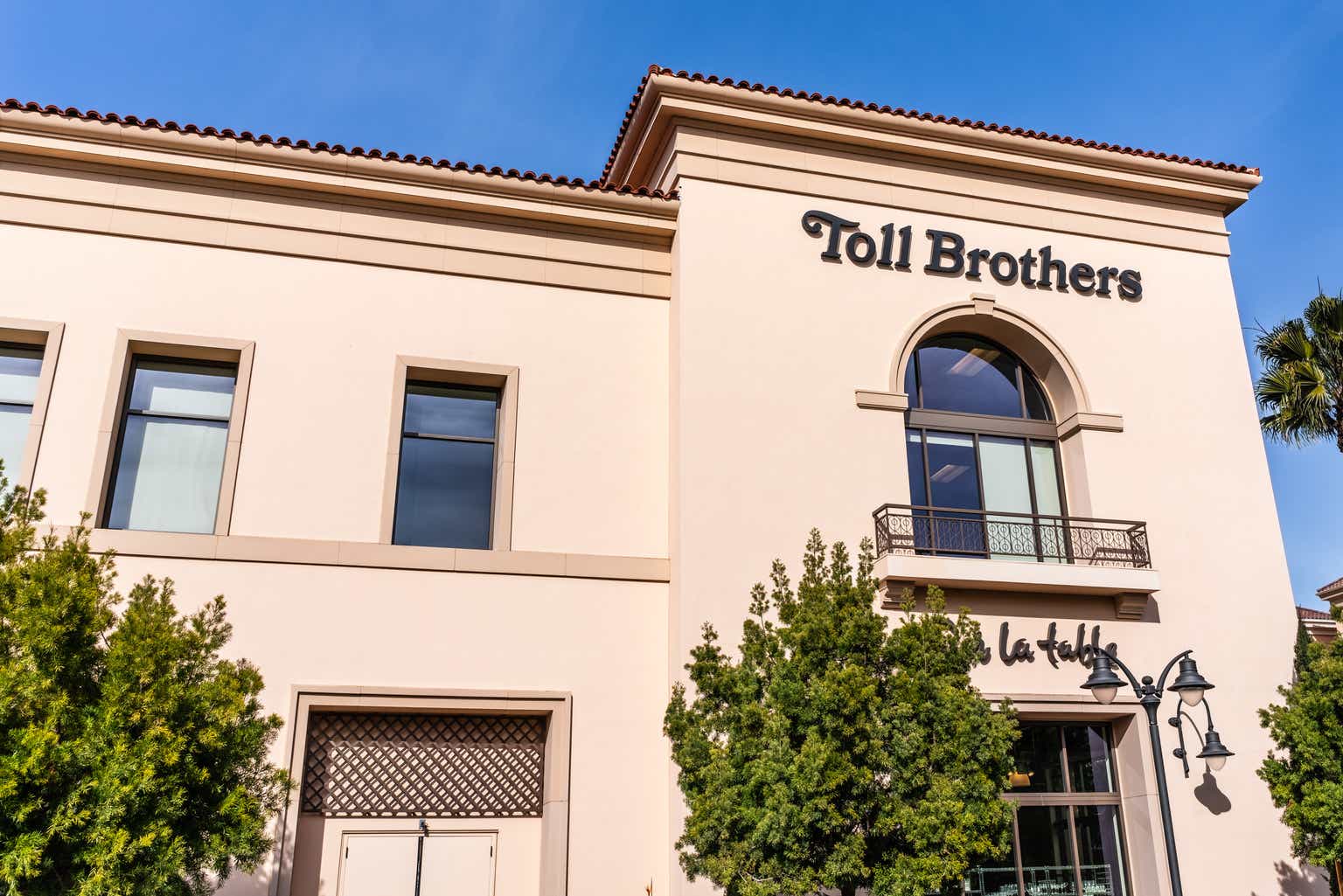





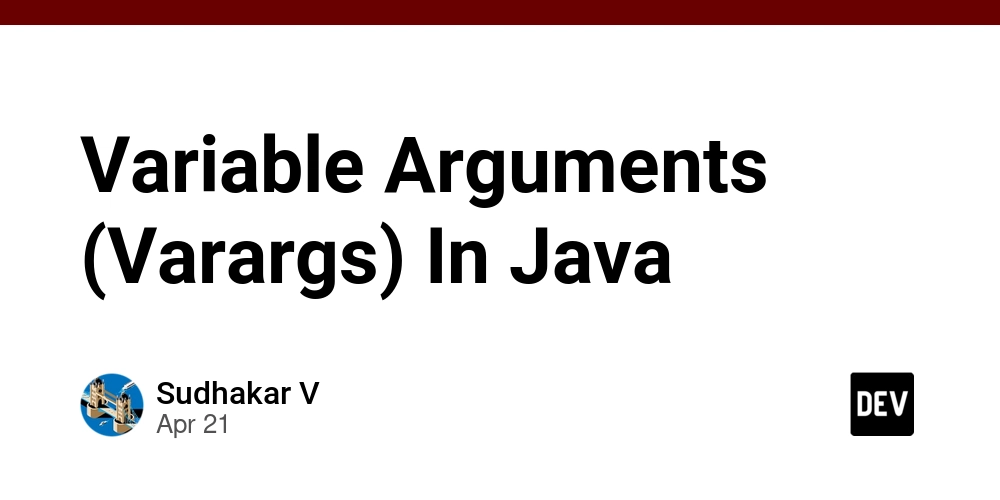

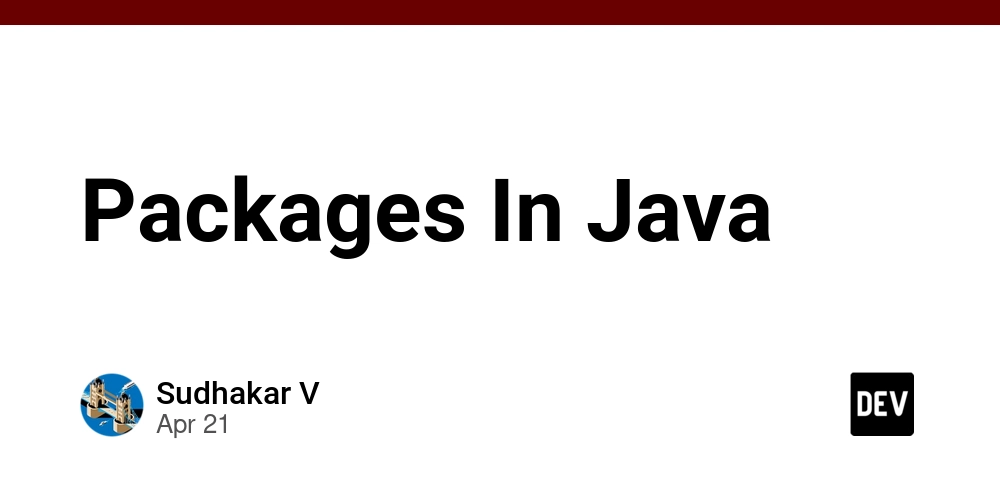


















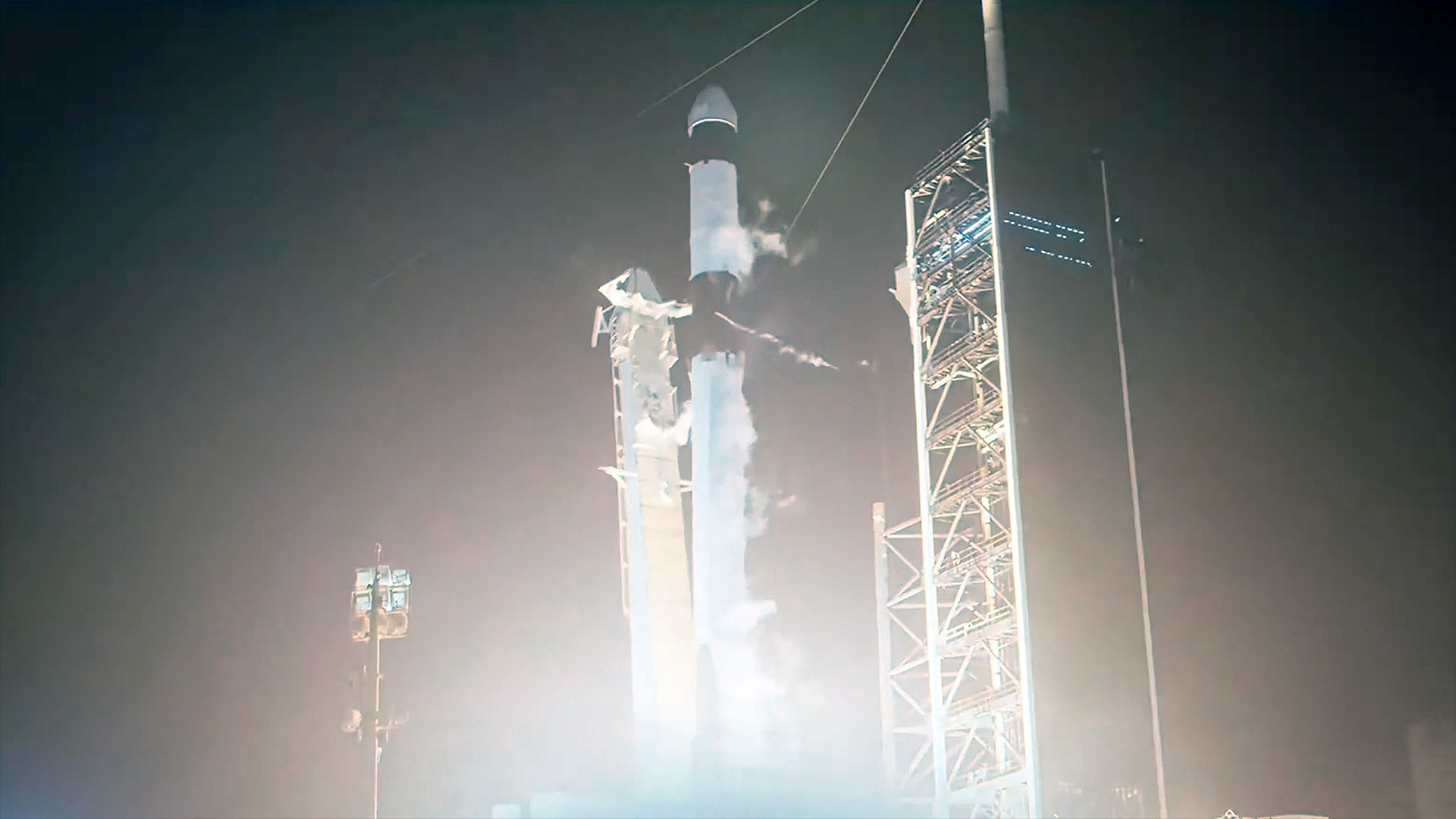
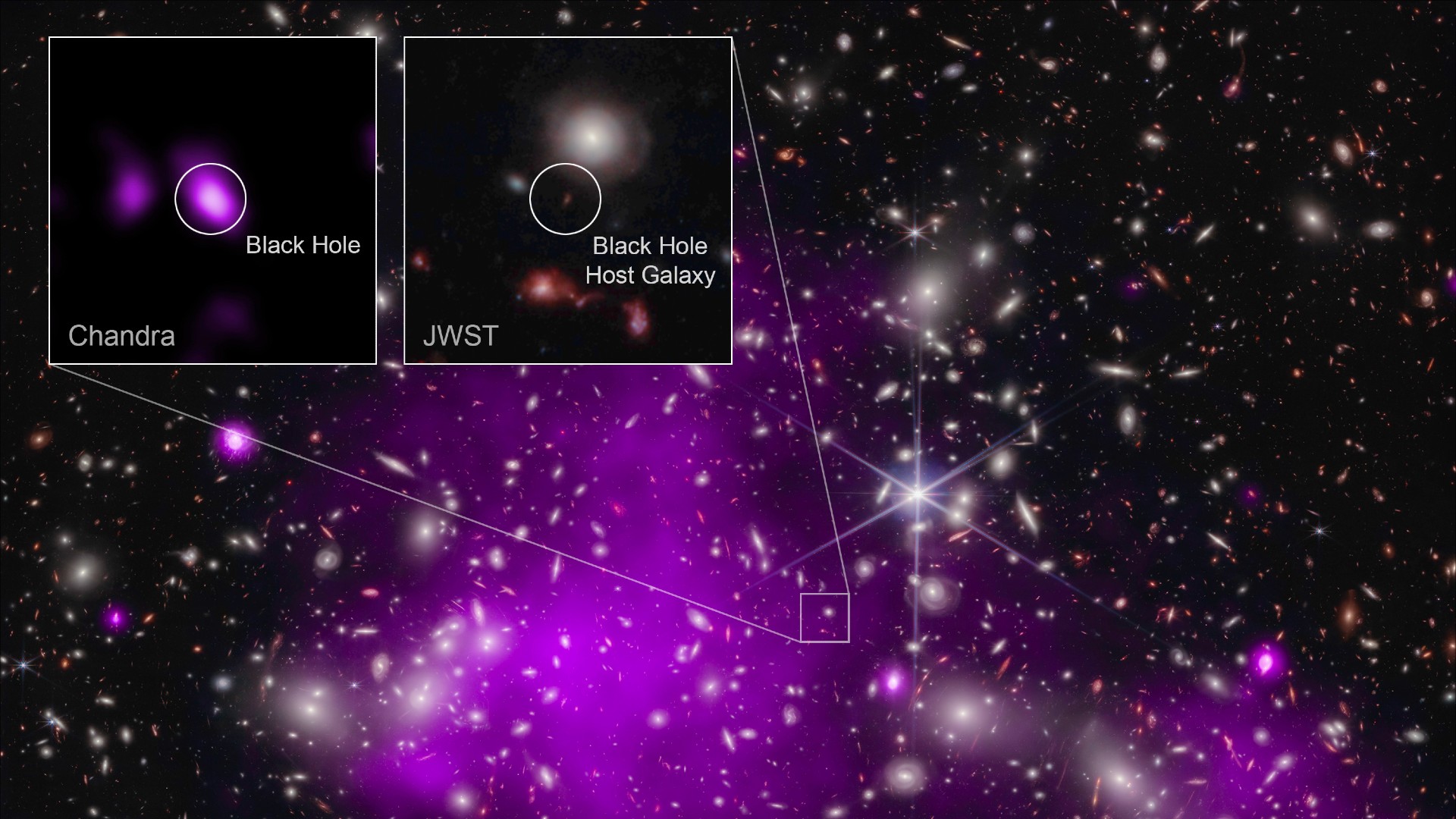

/https://tf-cmsv2-smithsonianmag-media.s3.amazonaws.com/filer_public/5d/76/5d76dc0a-1d19-402e-9d40-f2dc84932838/smithmag-deepsealifenorway-v2_web.jpg?#)

